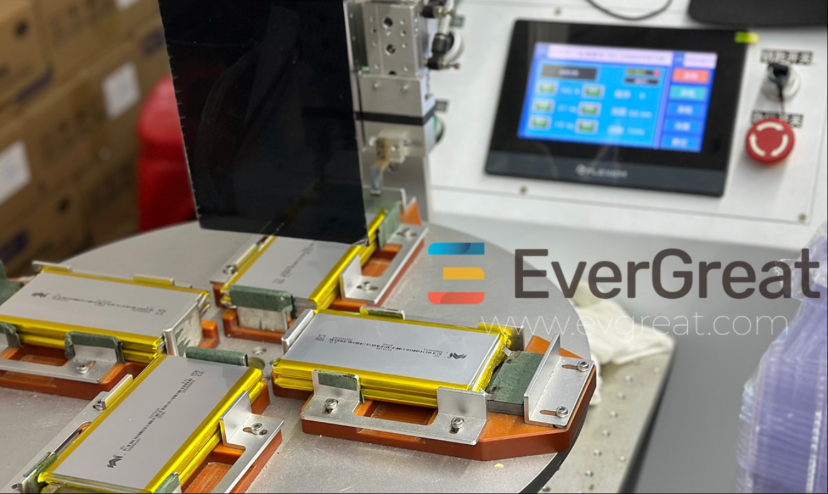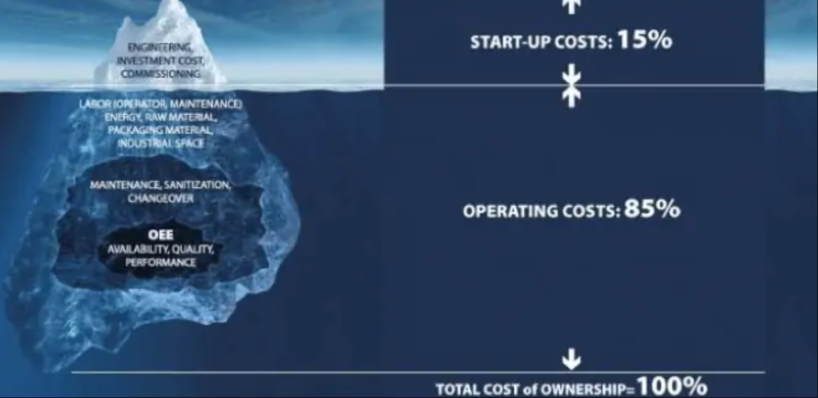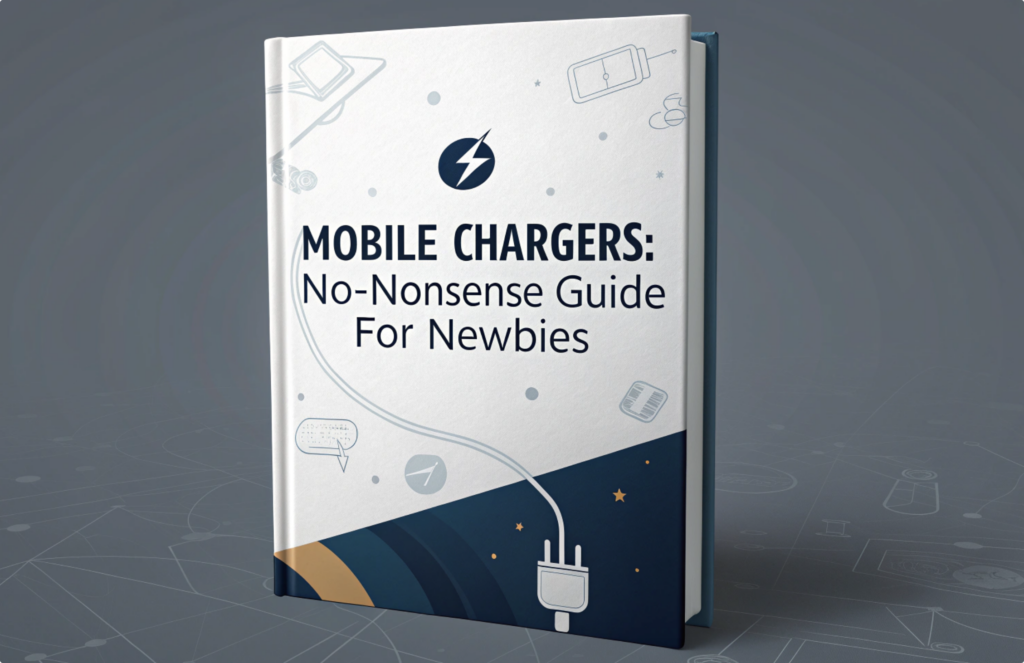Choosing the right power bank supplier and model is crucial for ensuring user satisfaction, protecting your brand reputation, and achieving a good return on your investment. Many businesses sourcing power banks, especially for the first time or in large volumes, may focus primarily on the lowest unit price or just the headline capacity number (mAh). However, this narrow focus often leads to significant issues, unhappy users, unexpected costs, and potential damage to your business’s credibility.
If you overlook essential aspects such as product quality, safety certifications, supplier reliability, and the total cost of ownership, it can significantly hinder your ability to meet your goals, whether you’re reselling, using them for corporate gifting, or providing them to your employees or customers. This piece uses industry knowledge to highlight the most common mistakes to avoid when purchasing power banks in bulk. This will help you make an informed decision that ultimately benefits your business.
1. Ignoring Real User Needs and Application
A common mistake is selecting a power bank model without deeply understanding who will use it and how. It might be tempting to just pick the cheapest option or one with the highest capacity, but "bigger" or "cheaper" isn’t always "better" or "right".
Purchasing power banks that don’t align with your target users’ actual needs can quickly lead to dissatisfaction and wasted stock. Consider:
- Who are the users? (e.g., everyday consumers, business travelers, field technicians, employees in an office)
- What devices will they charge? (Smartphones, tablets, laptops, multiple devices?)
- What charging speed and technology are needed? (Standard USB, fast charging like PD/QC, wireless charging?)
- What size and weight are practical? (Pocketable, or can it be larger?)
- What level of durability is required? (Standard desk use, or needs to be rugged?)
- What is the primary use case? (Emergency backup, daily recharge, charging high-power devices?)
If the power bank’s capacity or charging speed is too low, users will find it insufficient and potentially useless. If it’s overly complex or has features they don’t need, it adds unnecessary cost. Discuss your specific requirements, target audience, and intended use with potential suppliers. A reliable power bank provider will help you identify the most suitable models for your needs and budget.
By carefully analyzing your users’ needs and consulting with experts, you avoid purchasing unsuitable inventory and ensure the power banks provide genuine value and satisfaction.
2. Overlooking Supplier Reliability and After-Sales Support
When buying in bulk, the quality and reliability of your supplier are just as important as the product itself. Power banks are electronic devices, and a certain percentage of defects can occur in any production run.
Ignoring the supplier’s after-sales service and how they handle potential issues can be costly. If your supplier doesn’t have a clear process for dealing with defective units, a responsive support team, or consistent production quality, you could face:
- Significant time and cost dealing with returns, replacements, and logistics yourself.
- Unhappy end-users or customers, leading to complaints and potentially damaging your brand’s reputation.
- Disruptions if you rely on ongoing supply from them and they have production or quality issues.
Before you place a large order, always inquire about:
- Their product warranty period and coverage.
- Their process for handling defective items (e.g., return policy, replacement procedure, typical defect rate).
- Their production capacity and lead times.
- Their quality control processes during manufacturing.
Choosing a supplier with a proven track record for quality and reliable after-sales support, even if the unit price is slightly higher, can save you significant time, money, and reputation damage in the long run. Prioritizing supplier reliability protects your investment and ensures smooth operations.

3. Failing to Verify Compliance and Certifications
This is a critical step often overlooked, especially for international sourcing. Power banks, being battery-based electronic devices, are subject to numerous safety, transportation, and environmental regulations worldwide.
Purchasing power banks that lack the necessary certifications can lead to serious problems:
- Shipping and Logistics Issues: Batteries are classified as dangerous goods for transport. Proper certifications like UN38.3 are essential for shipping (especially air freight). Without it, your shipment can be rejected or confiscated.
- Import and Market Entry Problems: Many countries and regions (like the EU with CE marking, the US with FCC and sometimes UL certifications for battery cells or products) require specific certifications for electronic products to be legally imported and sold.
- Legal Liability and Brand Damage: If an uncertified or unsafe power bank causes a fire, damage, or injury, your business could face significant legal action, product recalls, and severe damage to your brand’s credibility.
- Difficulty Selling to Certain Clients: Many larger retailers or corporate clients will require proof of relevant certifications as a condition of doing business.
Always ask potential suppliers for clear, verifiable proof of relevant certifications for the specific model you are interested in. Reputable suppliers will readily provide documentation (like test reports or certificates issued by accredited labs). Be wary of suppliers who are vague or claim "it’s mostly compliant."
Prioritizing safety standards and verifying certifications is non-negotiable. It protects your business legally, simplifies logistics, ensures product safety for users, and builds trust.
4. Underestimating Total Cost of Ownership
Focusing solely on the per-unit purchase price is a common and costly mistake. The initial unit cost is only one part of the total expense when sourcing power banks in bulk.
Underestimating hidden costs can significantly impact your overall profitability:
- Shipping, Freight, and Duties: The cost of transporting batteries can be higher than standard goods, and customs duties or taxes will apply depending on the destination country.
- Quality Control Costs: If your supplier’s QC is poor, you might need to invest in your own inspection process, or face costs associated with dealing with a high defect rate.
- Costs of Defective Units: This includes the cost of the faulty unit itself, potentially return shipping, replacement costs, and the time spent handling customer complaints or returns.
- Potential Incident Costs: While hopefully rare with certified products, the cost of dealing with a safety incident (even just investigating a complaint) can be substantial.
- Warehousing and Inventory Costs: Buying excessively large quantities (perhaps due to high MOQs) can lead to storage costs.
Obtain a comprehensive breakdown of all potential costs from your supplier, including unit price, MOQs, shipping options and costs, packaging costs, and any potential costs for customization or samples. When comparing different suppliers or models, look at the total landed cost per unit, plus consider the potential costs associated with quality issues or supplier reliability.
By looking beyond the initial price and considering all aspects of the total cost of ownership, you can make a more informed decision that provides better long-term value and protects your bottom line.

5. Not Requesting and Thoroughly Testing Samples
Relying solely on product specifications, photos, or videos is risky when making a bulk purchase. What looks good on paper or screen might not perform as expected in reality.
A significant mistake is not requesting samples and thoroughly testing them before committing to a large order. Samples allow you to verify:
- Actual Capacity: Does the power bank deliver close to the advertised mAh capacity?
- Charging Speed and Technology: Does it charge devices at the claimed speed (PD, QC working correctly)? Does it recharge itself efficiently?
- Compatibility: Does it work correctly with the target devices you need it for?
- Build Quality and Materials: Does the product feel sturdy and well-made? Is the finish consistent?
- Safety Features: While hard to test fully without specialized equipment, you can check for basic functions like automatic shutoff.
- User Experience: Is it easy to use? Are the indicators clear?
- Packaging: Is the retail packaging (if any) suitable and protective?
Test multiple samples if possible. Put them through realistic use scenarios. This hands-on evaluation is invaluable for validating the supplier’s claims and assessing the product’s true quality and reliability. Asking for references from other businesses who have worked with the supplier can also provide helpful insights.
Requesting and testing samples thoroughly is perhaps the single most important step to mitigate risks and ensure the power banks you receive meet your expectations and quality standards.
Conclusion: Choose the Right Power Bank Supplier
Avoiding these common mistakes when sourcing power banks for your business will help you maximize your investment in quality, ensure user satisfaction, and protect your valuable brand reputation. Always conduct thorough research into your specific needs, rigorously verify supplier credentials and product certifications, choose a supplier known for reliability and support, consider the total cost beyond the unit price, and always request and thoroughly test samples before committing to a bulk order.
By paying close attention to these critical factors, you can select the best power bank models and supplier for your current requirements and future growth. In the competitive market for electronic accessories, making informed, strategic choices is key to achieving long-term success and building trust with your customers or employees.
Are you ready to discuss your power bank needs and find the right solution? Contact us today to receive expert guidance and explore our range of quality-certified power banks designed for various B2B applications.









